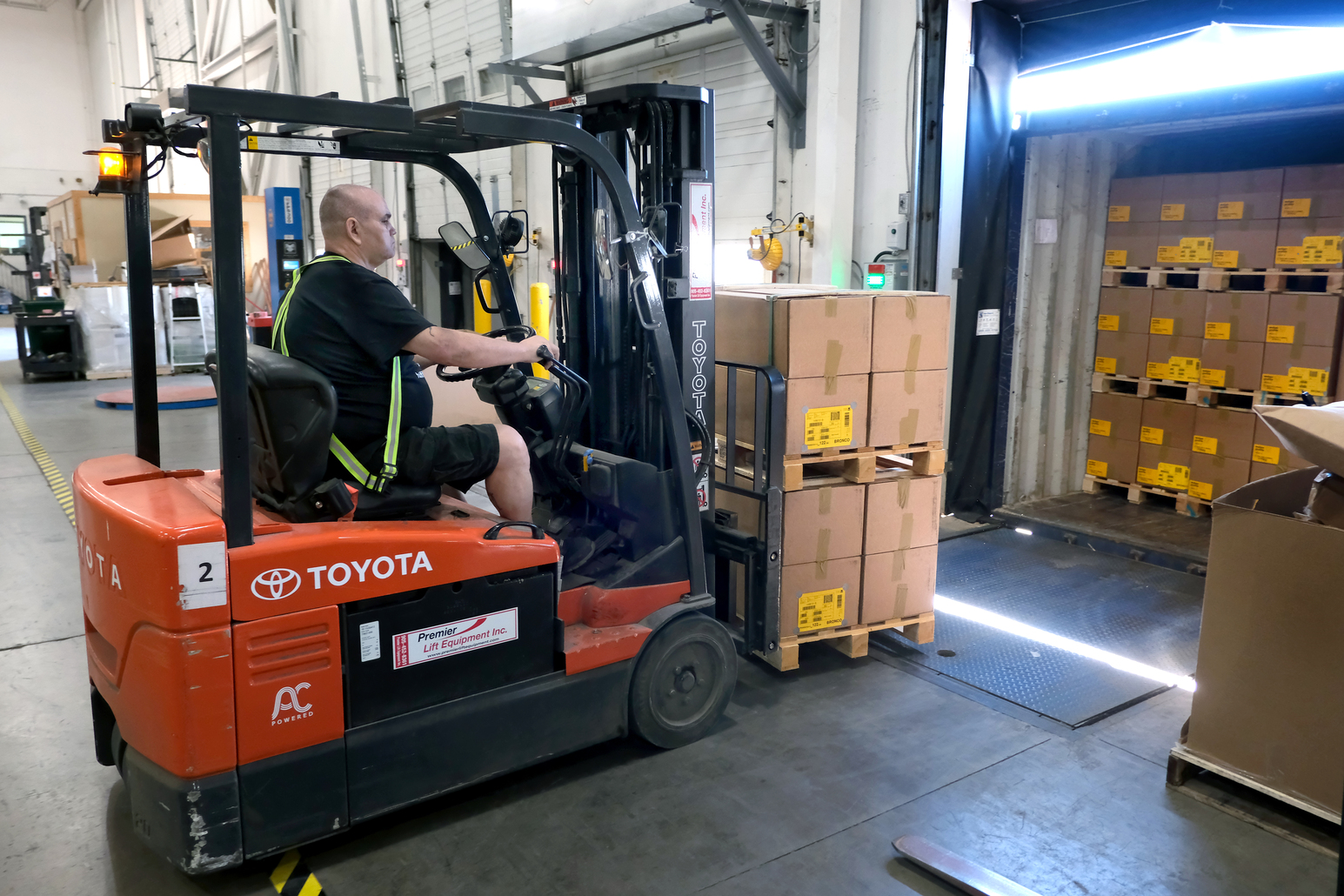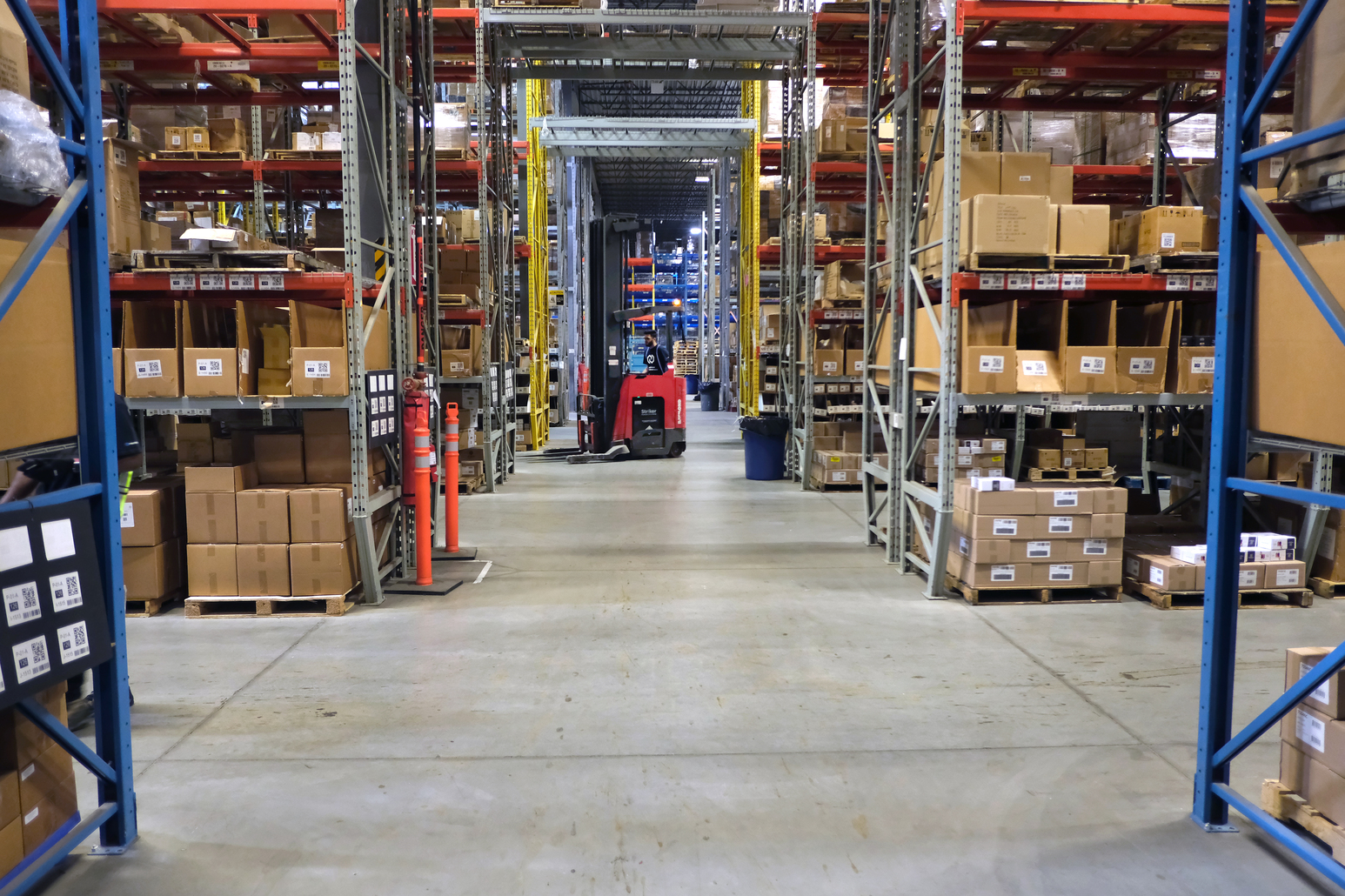It has been 5 years since the initial study of a trade deal began and Canada and European Trade Agreement (CETA) negotiations ended in October last year. The text of the Agreement was negotiated and is now going through legal review. Once translated into the 24 EU languages it must be approved by all 28 EU members as well as Canada’s provinces and territories. The ratification process could take up to 2 years.
How will this affect Canadian importers?
The Canada EU deal is expected to open new markets and make goods like European passenger vehicles and auto parts, food, spirits and wine cheaper for Canadians. That is if the savings are passed on by retailers and European manufacturers.
Export quotas for Canadian beef, pork and bison, will significantly raise with the Canada and European Trade Agreement giving producers much greater duty-free access to the EU market. Canadians will have greater selections of European cheeses to choose from while Canadian dairy farmers will be able to sell the Europeans other dairy products such as milk, yogurt, and ice cream — in addition to cheese. The federal government is considering compensation to the dairy farmers if they lose money as a result of the trade deal but the dairy farmers in Ontario and Quebec have asked for a guarantee.
Canadian exporters will also benefit
The CBC reported that “Canadian exports affected include: passenger cars, auto and aerospace parts, medical and IT equipment, chemicals and plastic products, fresh and frozen fruits and vegetables, processed foods, grains and oils, dairy products, forest and lumber products, shrimp, lobster, metals, minerals, iron and steel. Imports from Europe that would see tariffs eliminated include: automobiles, industrial machinery, wine and spirits, some cheeses, fish and seafood products and many others.???
Once the deal is in effect, most of the EU tariffs on agricultural products and seafood as well as many other goods will be eliminated right away, and seven years later 98 per cent of products traded between Canada and the EU will be duty free.
Canada is well positioned between the EU and USA
Canada will now be one of the only developed countries in the world to have guaranteed preferential access to the more than 800 million consumers in the world’s two largest economies, the EU and the United States. With 28 member states, 500 million people and annual economic activity of almost $18 trillion, the EU is the world’s largest economy. It is also the world’s largest importing market for goods: the EU’s annual imports alone are worth more than Canada’s GDP. Preferential access to this market offers tremendous opportunities and a real competitive edge for Canadian workers, businesses, exporters and investors (Source : Government of Canada, Foreign Affairs, Trade and Development).
This agreement will create jobs, growth and long-term prosperity for the benefit of all Canadians. A joint Canada-EU study that supported the launch of negotiations concluded that a trade agreement with the EU could bring a 20-percent boost in bilateral trade and a $12-billion annual increase to Canada’s economy. Put another way, as stated by the Government of Canada, this is the economic equivalent of adding $1,000 to the average Canadian family’s income or almost 80,000 new jobs to the Canadian economy.
This agreement is far broader than the North American Free Trade Agreement (NAFTA) and will present queries as well as opportunities for Canadian Importers and Exporters. Mantoria is following these developments closely, and our team of experts is here to assist you to better understand and adequately prepare for these upcoming changes. Please contact us today.



